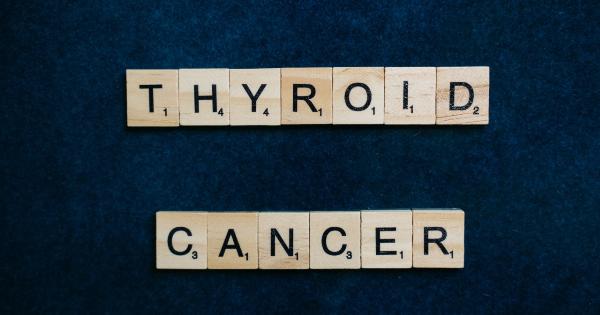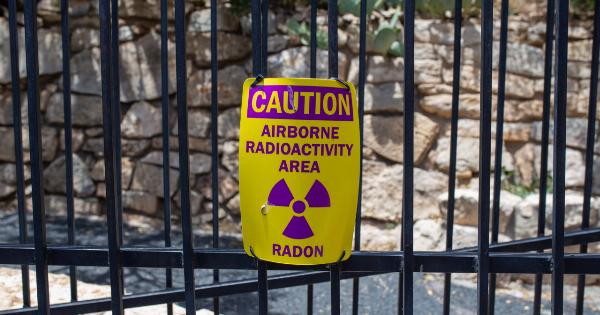Thyroid cancer is a type of cancer that affects the thyroid gland – a small gland located in the neck. It is not very common but is among the faster-growing types of cancer.
Although it can affect anyone, certain occupations may put people at a higher risk of developing thyroid cancer. In this article, we will take a closer look at these occupations.
Medical Workers
Medical workers, particularly those who work with X-rays and radioactive materials, are at a higher risk of developing thyroid cancer. This includes radiology technicians, dentists, and nuclear medicine specialists.
The risk of thyroid cancer increases with the length of exposure to radiation, so those who have been in the field for longer are at an even greater risk. Additionally, medical workers who work with patients who have had radiation treatments or who have undergone imaging tests that involved radiation are also at a higher risk.
Mining Workers
Mining workers, particularly those who work in uranium mines, are at an increased risk of developing thyroid cancer. This is because they are exposed to high levels of radiation and other harmful substances, which can increase the risk of cancer.
Additionally, coal miners who work with certain chemicals, such as polycyclic aromatic hydrocarbons, are also at an increased risk of thyroid cancer.
Manufacturing Workers
Manufacturing workers who work with certain chemicals and substances are also at an increased risk of thyroid cancer.
For example, those who work with benzene, which is used in the production of rubber, plastics, and other products, may be at a higher risk. Other chemicals used in manufacturing that can increase the risk of thyroid cancer include polychlorinated biphenyls (PCBs), solvents, and certain pesticides.
Farming and Agricultural Workers
Farming and agricultural workers who work with certain pesticides are also at an increased risk of thyroid cancer.
Pesticides that contain ethylene thiourea (ETU), which is commonly used on fruits and vegetables, have been linked to an increased risk of thyroid cancer. Additionally, workers who apply pesticides or are exposed to them are at a higher risk than those who only handle the packaged products.
Office Workers
Although office workers are not exposed to the same types of harmful substances as those who work in mining or manufacturing, they may still be at an increased risk of thyroid cancer.
This is because many office buildings are contaminated with asbestos, which is a known carcinogen. Additionally, office workers who work in buildings with poor ventilation or who are exposed to high levels of certain chemicals, such as formaldehyde, may also be at an increased risk.
Construction Workers
Construction workers who work with certain chemicals and substances are also at a higher risk of thyroid cancer.
For example, those who work with paints that contain cadmium, which is commonly used in red, orange, and yellow pigments, may be at an increased risk. Additionally, those who work with certain roofing materials, such as asphalt, may also be at an increased risk if they are exposed to it for long periods of time.
Safety Precautions
Although some occupations may put people at a higher risk of developing thyroid cancer, there are ways to reduce the risk.
First and foremost, it is important to follow all safety protocols and precautions when working with potentially harmful substances. This includes wearing protective gear, such as gloves, masks, and aprons, and following proper handling procedures.
Additionally, it is important to get regular check-ups with a medical professional if you work in an occupation that puts you at a higher risk of thyroid cancer. This can help detect the cancer early on, which is important for effective treatment.
Conclusion
While certain occupations may put people at a higher risk of developing thyroid cancer, it is important to remember that it is not a guarantee.
By taking safety precautions and getting regular check-ups with a medical professional, individuals can reduce the risk of developing thyroid cancer and catch it early if it does occur.



























